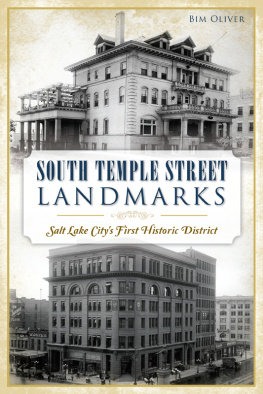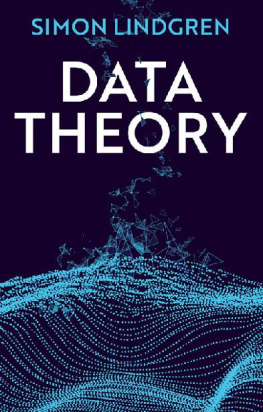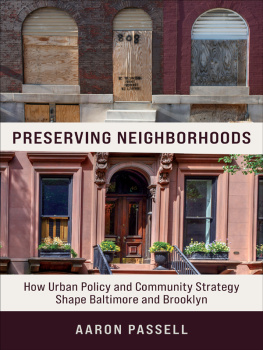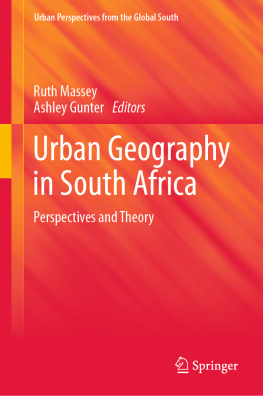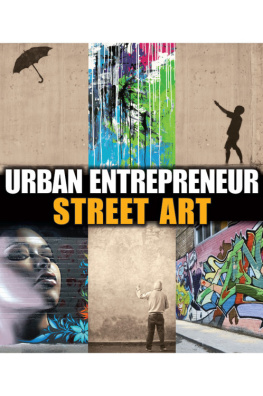James Michael Lindgren - Preserving South Street Seaport : the dream and reality of a New York urban renewal district
Here you can read online James Michael Lindgren - Preserving South Street Seaport : the dream and reality of a New York urban renewal district full text of the book (entire story) in english for free. Download pdf and epub, get meaning, cover and reviews about this ebook. year: 2014, publisher: New York University Press, genre: History. Description of the work, (preface) as well as reviews are available. Best literature library LitArk.com created for fans of good reading and offers a wide selection of genres:
Romance novel
Science fiction
Adventure
Detective
Science
History
Home and family
Prose
Art
Politics
Computer
Non-fiction
Religion
Business
Children
Humor
Choose a favorite category and find really read worthwhile books. Enjoy immersion in the world of imagination, feel the emotions of the characters or learn something new for yourself, make an fascinating discovery.

- Book:Preserving South Street Seaport : the dream and reality of a New York urban renewal district
- Author:
- Publisher:New York University Press
- Genre:
- Year:2014
- Rating:3 / 5
- Favourites:Add to favourites
- Your mark:
- 60
- 1
- 2
- 3
- 4
- 5
Preserving South Street Seaport : the dream and reality of a New York urban renewal district: summary, description and annotation
We offer to read an annotation, description, summary or preface (depends on what the author of the book "Preserving South Street Seaport : the dream and reality of a New York urban renewal district" wrote himself). If you haven't found the necessary information about the book — write in the comments, we will try to find it.
Preserving South Street Seaport : the dream and reality of a New York urban renewal district — read online for free the complete book (whole text) full work
Below is the text of the book, divided by pages. System saving the place of the last page read, allows you to conveniently read the book "Preserving South Street Seaport : the dream and reality of a New York urban renewal district" online for free, without having to search again every time where you left off. Put a bookmark, and you can go to the page where you finished reading at any time.
Font size:
Interval:
Bookmark:


www.nyupress.org
All rights reserved
Lindgren, James Michael, 1950
Preserving South Street Seaport : the dream and reality of a New York urban
renewal district / James M. Lindgren.
pages cm
Includes bibliographical references and index.
ISBN 978-1-4798-2257-7 (hbk. : alk. paper)
1. South Street Seaport Museum (New York, N.Y.) 2. Maritime museumsManagementCase studies. 3. Historic preservationNew York (State)New York. 4. Historic buildingsNew York (State)New York. 5. Historic shipsNew York (State)New York. 6. City planningNew York (State)New YorkHistory21st century. 7. Land use, UrbanNew York (State)New York. 8. HarborsNew York (State)New YorkHistory21st century. 9. South Street (New York, N.Y.) I. Title.
V13.U52N4824 2014
387.10747471dc23 2014001723

Edwin Sandy King, George Rud, and Edward P. Crapol
How a Clever Editor Saw Jehovahs Light
How the Seaport and World Trade Center (Re)made Fulton Street
Supposed to Have: How Historic Preservation Shaped
Lower Manhattans Development
How Earth Day Boomed the Seaport
How the Past Mended the Present
How the Seaport Sold Its Soul
How Speculators and Rouseketeers Created a Bubble
How the Seaport Fared after the Bubble Burst
How the Seaport (Almost) Succeeded
How Maritime Preservation (Almost) Won
How 9/11 Torpedoed the Seaport
Font size:
Interval:
Bookmark:
Similar books «Preserving South Street Seaport : the dream and reality of a New York urban renewal district»
Look at similar books to Preserving South Street Seaport : the dream and reality of a New York urban renewal district. We have selected literature similar in name and meaning in the hope of providing readers with more options to find new, interesting, not yet read works.
Discussion, reviews of the book Preserving South Street Seaport : the dream and reality of a New York urban renewal district and just readers' own opinions. Leave your comments, write what you think about the work, its meaning or the main characters. Specify what exactly you liked and what you didn't like, and why you think so.

